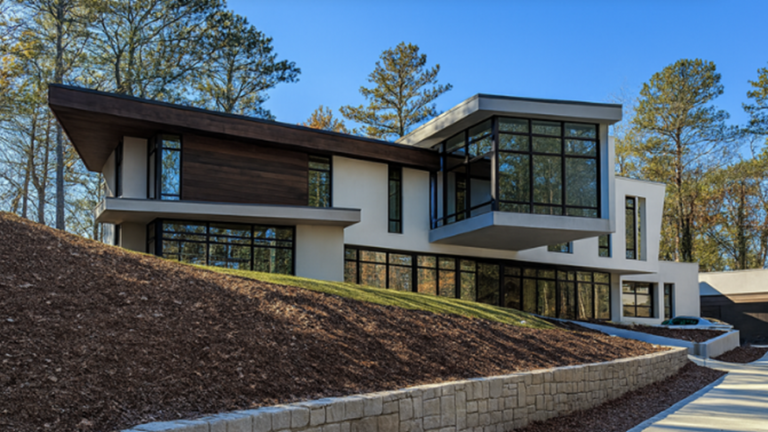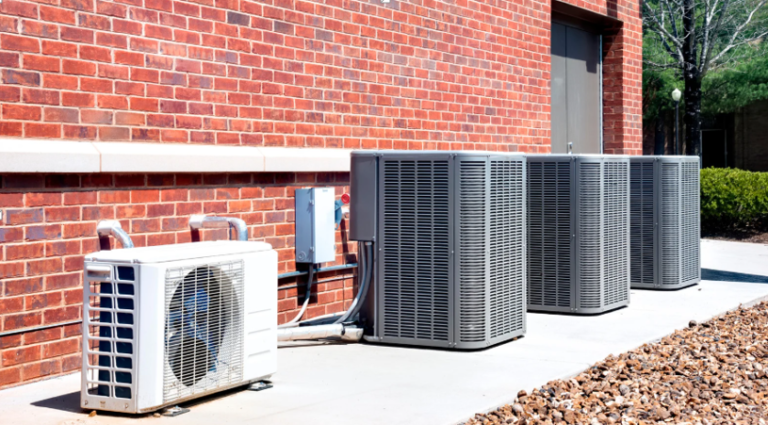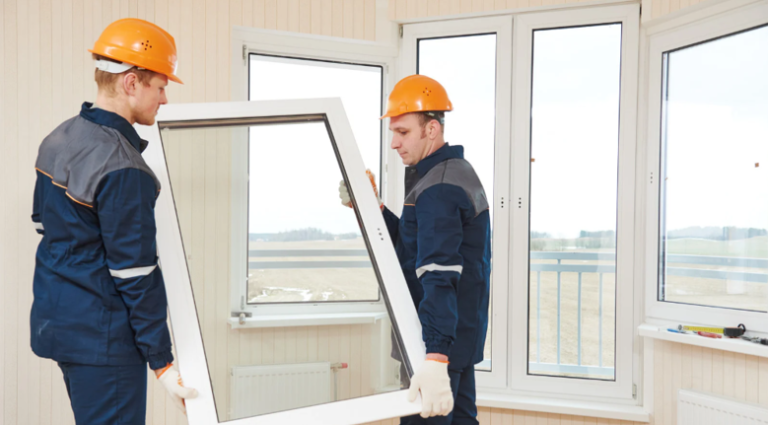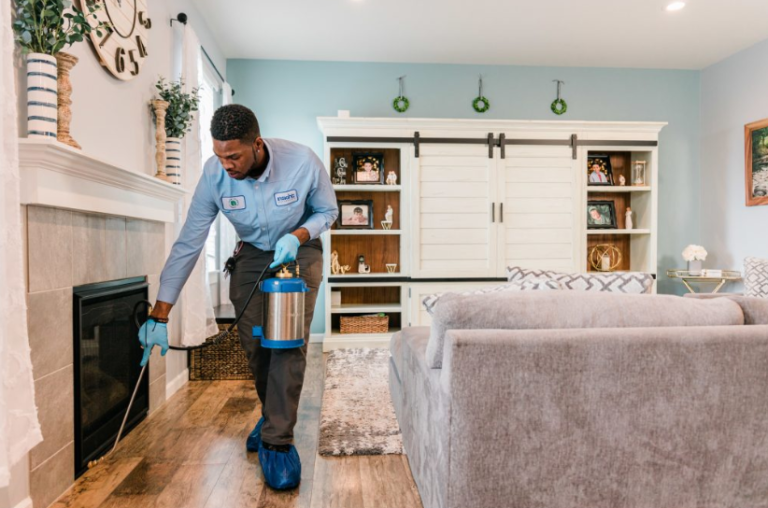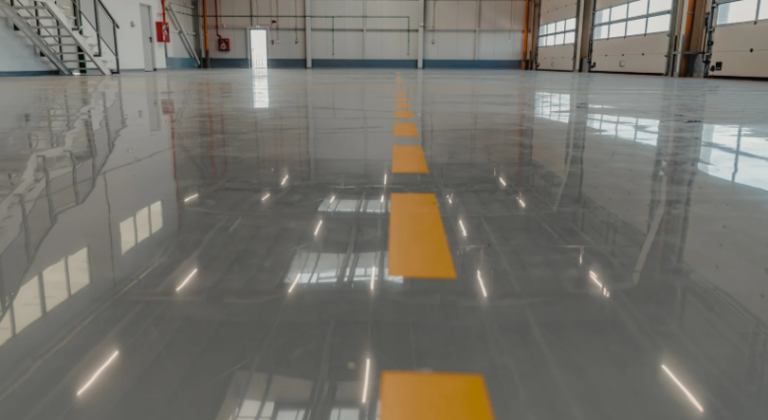What To Know Before Scheduling a Professional Storm Door Service
Storm doors offer more than just an added layer of protection; they help boost energy efficiency, reduce drafts, and enhance entryway durability. Before scheduling a professional installation, it’s important to understand what makes the process successful, from material selection to proper fitting. If you’re considering an installation for a storm door in Dayton, knowing the essentials ahead of time ensures a smoother experience and longer-lasting results.
The right preparation can prevent delays, extra costs, and performance issues after installation.
Proper Measurement Matters
One of the most important aspects of storm door installation is getting the measurements right. Professionals carefully assess the height and width of your doorway at multiple points to detect inconsistencies caused by frame shifting or aging structures. This ensures the new door fits properly and performs as expected.
The importance of storm door measurement is often underestimated. Taking accurate readings at the top, middle, and bottom of the frame prevents alignment issues and air leaks, both of which can undermine the door’s functionality. A professional ensures the door is manufactured and installed to the correct specs the first time.
See also: Unlocking the Future of Streaming: A Comprehensive Look at the Edge TV App
What Professional Installation Involves
After selecting your storm door and verifying measurements, the installation process begins. This typically includes removing old hardware, prepping the existing frame, and carefully installing the new door with all required adjustments. Hinges, latches, and weatherstripping are calibrated to ensure smooth operation and a tight seal.
Most installations require minor on-site modifications to accommodate unique frame conditions. Understanding storm door installation steps helps clarify why alignment, balance, and hardware precision are all key. An experienced technician accounts for these variables, ensuring both performance and appearance are preserved over time.
Choosing Materials and Features
Storm doors are available in a range of materials, including aluminum, steel, vinyl, and wood-core. Aluminum is ideal for moisture resistance and lightweight durability, while steel is a better choice for added security. Depending on climate, frequency of use, and aesthetic preference, professionals can recommend a suitable match.
Added features such as retractable screens, low-E glass panels, or reinforced locks offer functionality and seasonal flexibility. These options can be built into most modern storm doors and tailored to suit your specific entryway configuration and usage.
Additional Planning Tips
Professional services are generally efficient, but scheduling in off-peak months like winter may reduce wait times. Also, check local building codes or HOA guidelines in case exterior changes require prior approval. Most installations don’t require permits, but exceptions can apply in certain areas.
Warranties on storm door products and labor can vary. Reviewing what’s covered, especially regarding frame alignment, latching mechanisms, or finish, can help you understand what post-installation support looks like if adjustments are needed later.
Conclusion
A well-installed storm door improves your home’s insulation, security, and curb appeal—but only when executed with precision. From accurate measurements to thoughtful material choices and professional fitting, every detail matters. Taking time to prepare before scheduling installation sets the stage for dependable performance and long-term value.
In the end, professional expertise ensures the door functions properly, withstands seasonal changes, and complements your home’s design. With the right approach, your storm door becomes a lasting investment in comfort, efficiency, and protection.

